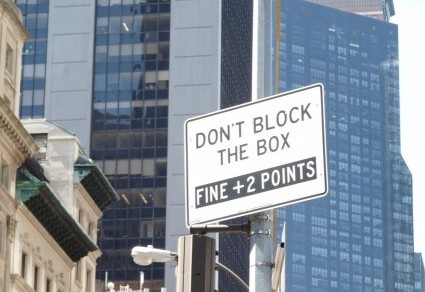I spend a fair amount of time in NYC’s museums, so I’m accustomed to thinking of “curate” as something an art expert does. Indeed, the primary definition of this verb is “to select, organize, and look after items in a collection or exhibition.” So I was surprised to see this sign over a display of snacks:

Keeping the customer safe from forged potato chips.
Okay, back to the dictionary, where I found that you can curate “content or merchandise using professional or expert knowledge.” The sign is correct if a professional snackpicker selected the food. Cynic that I am, though, I couldn’t help thinking that the advertising and marketing of this merchandise benefited more from “expert knowledge” than nutrition and taste did. I declined to test my theory because a glance at the price tags showed that curated snacks cost a lot more than just-throw-it-on-the-shelf stuff.
Once the word was stuck in my mind, I noticed it often in The New York Times. Sometimes the definitions quoted above applied: “The web has gotten so big that you need people to curate it.” No argument there, unless you’re a fan of the candidates-are-from-another-planet sort of story, in which case you’re against the act of curating, not the use of the word.
Other “curate” sentences stretched the definition: “Sometimes you see veggie burgers made with 100 ingredients, a kitchen-sink burger,” she said. “It’s better when you curate a burger.” Here “curate” seems to mean “select,” but I’d opt for curating the ingredients of the burger, not the burger itself.
An even greater stretch shows up in this sentence: “I started to curate this idea.” Now “curate” is closer to “create,” though you could make a case that the speaker sifted through many possibilities and organized the harvest into a coherent idea.
The one that really got me was a comment from a rock star: “I’ll curate my own brand.” Leaving aside the question of whether a person can or should be a brand, my best guess is that this sentence returns to the museum context for “curate.” The star sees herself as a work of art!























